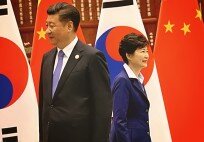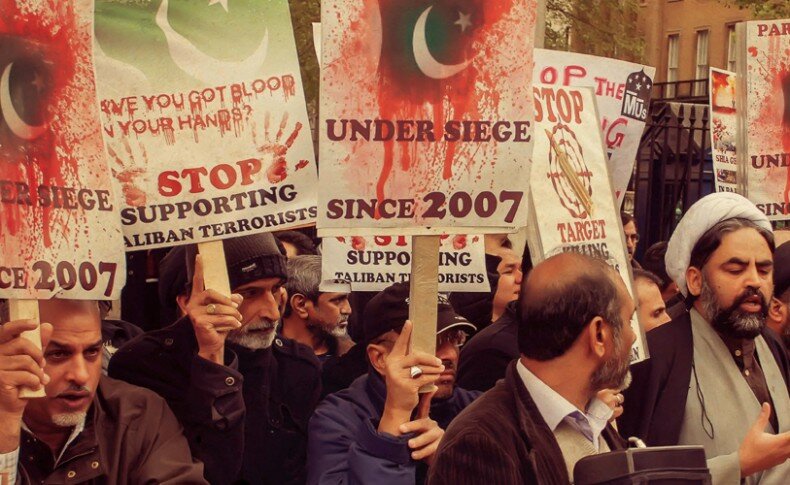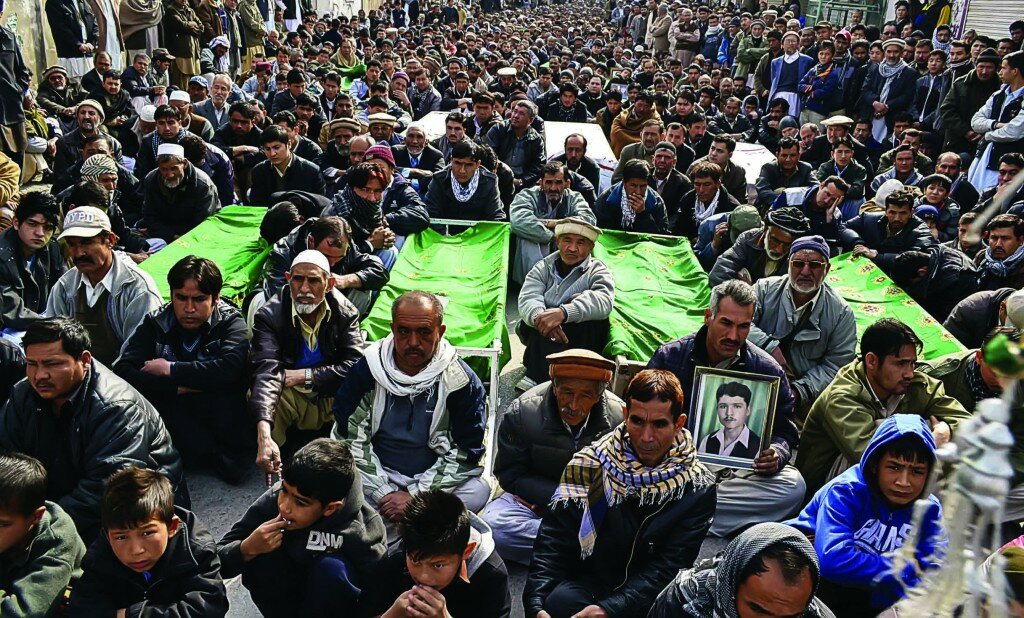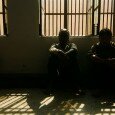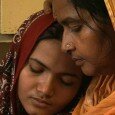By Zahir Bangash –
The story of Parachinar
Last month saw 18 days of civil protests all over the town of Parachinar in Kurram Agency. The trouble began shortly after the end of Ramzan, when people started occupying the roads surrounding the office of the political agent. Commercial activities came to a standstill and schools were closed for the duration of the protests.
The protesters demanded the release of 30 tribal elders that had been languishing in the Central Jail, Bannu for the last seven months. The elders were held when they failed to develop consensus over the selection of office-bearers for a body which handles all affairs and matters of the two major tribes, the Turi and Bangash.
The protesters also demanded the return to Parachinar of the local Jamia Masjid’s Khateeb Allama Nawaz Irfani, who had been removed and detained for around two months. Few in the media gave these detentions or protests any coverage, as most of the focus went to the Punjab centered politic al feud unraveling in front of the parliament house in Islamabad.
Allama Irfani, who’s been a cleric in the Kurramy Valley for two decades, was caught in a political crossfire when he supported sitting MNA Sajid Hussain Turi against two other candidates, including Air Martial (r) Syed Qaisar Hussain and Syed Iqbal Mian, in the last general elections.
Controversy over the elections turned into a tug of war between supporters of Allama Irfani and Qaisar Hussain. The latter demanded equal share of numbers in the main tribal body called Anjuman-i-Hussainia along with Allama Irfani and his followers.
The body has been around since before partition and tribes elect its office-bearers for one year. Instead of looking to diffuse the situation, local administration dissolved the body, arrested the constituent elders and expelled Allama Irfani from Kurram Agency. Locals said the ban on Allama Irfani trickled down from military channels, and that the involvement of the army in administrative affairs in Kurram undermines the already insufficient role of the civil bureaucracy.
The FATA civil administration functions under the command of the Khyber Pakhtunkhwa Governor, whose primary representative on the ground is the political agent. But the Turi-Bangash Supreme Council claims that the political agent, Riaz Masood, actually called in the army to impose a military curfew and ordered firing on the peaceful protesters. Many protesters had chanted slogans against the Riaz Mehsud demanding his transfer from the region. Security officials opened aerial firing and also targeted protesters by tear gas shelling.
The council called for Governor KP Sardar Mehtab Ahmed Abbasi to take notice over the incident and for army and FC enforced curfews to be lifted. But it wasn’t until the middle of August that any steps towards negotiation and resolution were actually taken.
A 60-member peace Jirga, overseen by one Brigadier Nadeem Ahmed, was finally formed to address the local’s concerns. Leading the negotiations was Syed Ibne Ali, former chief justice of the Peshawar High Court, who sat with local elders and signed a declaration according to which Allama Irfani would be allowed to return to Parachinar by Eid-ul-Azha and another 150 detainees in various areas would be released as soon as the protests ended.
The declaration also promised no more government and agency interference in the tribal matters of Parachinar, and no further arrests or detentions over internal matters. But the locals, despite agreeing to the declaration and halting protests, remained skeptical about the promises.
A history of violence
On 16 Februray 2008, a suicide bomber in Parachinar killed 47 people and attending a political rally of the PPP. A few months later, in June, 12 Shias were abducted by Taliban terrorists Colonel Majeed and Atta-ur-Rehman. They were later brutally beheaded, their scarred bodies burnt and mutilated.
On 23 August 2010 7 people were reportedly killed in a separate bomb attack. On 9 September 2010 at least 10 people were killed and another 6 others were injured after a passenger van struck a roadside bomb.
On 17 February 2012 a suicide bombing in Parachinar’s main bazaar killed 41 people. A splinter group of the Tehreek-e-Taliban Pakistan claimed responsibility for the attack. In June 2013 at least 50 people were martyred and more than 120 injured in three bombings across Parachinar.
Zulfiqar Ali Bhutto once called this snow-tipped mountainside the Switzerland of Pakistan, but Parachinar has slowly transformed into the Pakistani Gaza over the last seven years. Constantly besieged by curfews, official road blocks and lack of communication with the rest of the country, in addition to the senseless acts of violence.
The controversy and sit-ins in August aren’t unrelated to these turbulent developments. It is being alleged that the security forces are relocating members of the infamous Haqqani network to the lower regions of the Kurram Agency, and the turmoil in Parachinar is a direct result of it. While the rhetoric surrounding Zarb-e-Azb may suggests that the military is no longer differentiating between good Taliban and bad Taliban, the Haqqanis, the fabled good Taliban to be used later in the strategic depth paradigm involving Afghanistan, were reportedly allowed to evacuate their bases in North Waziristan prior to the operation.
Kurram Agency is vital to the Afghan project because it shares borders with three of Afghanistan’s provinces, Paktia, Nangarhar and Khost.
Retired Brigadier Muhammad Yousaf revealed in his biography ‘Shikast-e-Roos’ that the city of Parachinar in particular is one of the most important strategic points for cross border insurgencies. It juts out like the beak of a parrot, from Pakistan’s border into Afghan territory. From this very narrow protrusion, Pakistan has direct access to Jalalabad in the north and Khost in the south. During the war with the Soviets, 60% forward supply dumps of the Mujahideen were processed through Parachinar.
Decades later, when the United States began their war on terror and dropped bombs over Afghanistan, hundreds of al-Qaeda members marched through the same routes through to Parachinar and Pakistan. Then the Taliban found refuge here a few years later. The local Turi-Bangash tribes say they were threatened, killed and cajoled into letting these militants and extremists use the roads, trade routes and plain areas to settle into lower and central Kurram. Cajoled by Pakistan’s security establishment.
It is unclear when the Haqqani network was first sheltered in Pakistan, but they too were allowed to build a stronghold to the south of Parachinar. Other than the obvious security risk and proliferation of arms and militancy, the situation became especially precarious because the locals were majority Shia – they also have a considerable presence in neighbouring towns in the north-west of the country with a strong and historic Hazara presence further north of the FATA – and the militants of a hardcore Shia hating Salafi/Wahabi persuasion.
The Turi-Bangash say they were given guarantees by the security establishment that have never been met. Most of the violence, while actins as a fight for territorial and infrastructure control, is also highly sectarian in nature. Even Sunni locals seen to be friendly towards the Shia tribes have not been spared in the maelstrom of killing. Gruesome images of mutilated bodies, with arms and legs chopped off, have regularly surfaced on the Internet since the outbreak of violence.
In July of 2008, the New York Times ran a piece highlighting the rise of ‘sectarian conflict’ in Parachinar. By then, the town had already been subject to a siege that had spanned for months; food and medical supplies had been in severe shortage after the main Thall-Peshawar highway leading to the town was blocked off by armed groups.
Today, the violence has spread out over a larger radius extending all the way through to the southern tips of the NWFP. In this context of sectarian bloodletting and militant invasion, the plight of the Turi-Bangash tribal elders and the Imam Irfani make a lot more sense.
Securing the deep state
Sirajjudin Haqqani is one of the ‘good’ militants. He fights the northern alliances in Afghanistan and furthers the deep state agenda of Pakistan’s security establishment. For years his group has been sheltered across the two western provinces of the country, eventually ending up in Waziristan.
The problem with shifting his armed group before the impending Waziristan operation was that the agencies are running out of places to stash their proxies in. Inundated with no fewer than 42 groups and factions of Islamic militants, FATA is a ticking time bomb as far as alliances and tolerance of differing ideologies go.
Just last month, disaffected people from these various militant factions formed the Jamaat-e-Ahrar, which is reportedly opposed to most of the militants themselves, for being too soft in negotiating with the government of Pakistan, or being too lenient with the Shias, or just generally not doing enough for the greater cause of Jihad.
Militant groups fighting and killing each other is now the norm. This has facilitated the security establishment in pointing out the groups that can be negotiated with and pacified. Parachinar is already a hotbed of sectarian strife and militant strongholds. It was feared that if the Haqqanis were transferred there it would incite a new wave of violence, infighting, abductions and mutilations worse than the last wave. Which would cast aspersions over the operation being conducted a little to the south, and also on the security establishment itself.
Removing the local Shia tribes from administrative positions and stowing away their religious leader was a way to assuage the incoming extremists, stop dissenting voices from emerging and generally preempting any violence by getting an iron grip on the situation.
The retired Air Marshal Qaisar Hussain, whose political interference is the root of the administrative fallout in Parachinar, has been repeatedly accuse by the Turi-Bangash elders of being a stooge of the agencies.
No love is being lost here. The situation is perilous, even the recently agreed upon resolution seems tenuous and only an attempt at keeping the storm at bay. By all reports, the Haqqanis are already in Kurram. It’s only a matter of time before the trouble starts.
The mainstream press and media have reported sparingly on the issue. Focusing instead on the farce unfolding in the federal capital. While attention if being given to the quarrel of three Punjabis over the right to preside over assemblies, the disenfranchised Pakistanis of FATA continue to suffer from decisions of strategic depth and national security.
The writer is a journalist based in Islamabad




















































